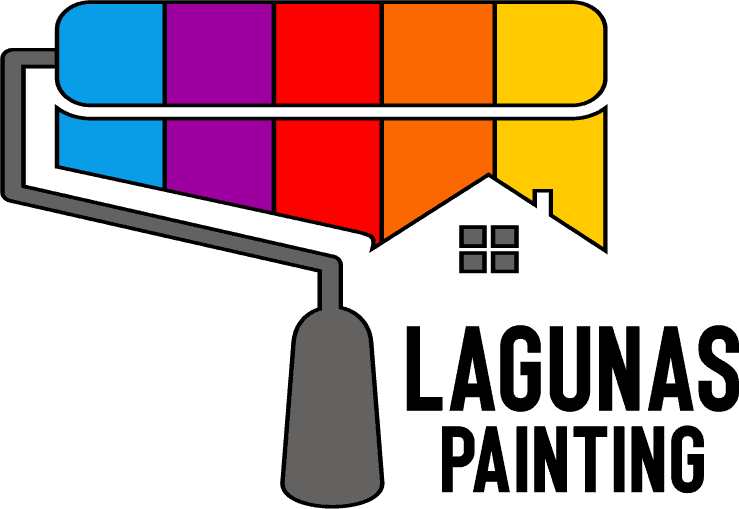Exterior house painting is more than just a cosmetic upgrade. It’s a crucial part of home maintenance, especially when it comes to protecting your property from the elements. Understanding how paint prevents weather damage can save homeowners thousands of dollars in repairs over time.
Key Takeaways:
- Exterior house painting acts as a shield against rain, wind, snow, and sun.
- Quality paint prevents moisture intrusion, wood rot, and mold.
- Regular maintenance of your exterior paint can extend your home’s lifespan.
- Choosing the right paint matters for long-lasting protection.
- Professional painters ensure proper application for maximum defense.

Why Weather Is Your Home’s Worst Enemy
From scorching summer heat to freezing winter snowstorms, your home’s exterior is under constant attack. UV rays, moisture, and temperature swings can wear down wood, siding, stucco, and other materials over time. If left unprotected, this leads to warping, cracking, peeling, and structural issues. Water damage is especially destructive. Once moisture seeps in, it can lead to mold growth, wood rot, and costly repairs.
This is where exterior house painting becomes a frontline defense.
The Science Behind How Paint Prevents Weather Damage
Paint creates a barrier between your home’s surface and the outside world. Here’s what that means:
- Water Resistance: Exterior paint repels rain and snow, preventing moisture from soaking into your siding or trim.
- UV Protection: Quality paint blocks harmful ultraviolet rays, which can fade colors and weaken materials.
- Temperature Control: A well-painted exterior can help regulate heat absorption, improving energy efficiency.
- Preventing Cracks and Peeling: Paint helps maintain surface integrity, reducing the chances of splits and cracks that can let in water.
What Happens When You Skip Regular Painting
Neglecting your home’s exterior paint allows small problems to become big ones. You might start to notice peeling, bubbling, or fading. These signs usually indicate deeper issues, like:
- Water infiltration behind siding
- Mold and mildew buildup
- Rotted wood or compromised structure
- Increased pest activity
All of these can dramatically lower your home’s value and increase repair costs.
Signs It’s Time to Repaint Your Home
If you’re not sure whether your home needs a new coat, here are some clear indicators:
- Faded color or chalky residue on walls
- Cracked or peeling paint
- Exposed wood or bare spots
- Moisture stains or mold growth
- Bubbling or blistering paint surfaces
Choosing the Right Paint for Maximum Protection
Not all exterior paints are created equal. To get the most weather resistance:
- Look for 100% acrylic latex paint, which offers excellent durability and flexibility.
- Choose paint formulated for your climate. For example, coastal homes need mildew-resistant options.
- Use primers and sealants as needed to prepare the surface.
High-quality paint may cost more upfront, but it pays off in longevity and reduced maintenance.
Why Professional Exterior House Painting Is Worth It
While DIY painting can seem cost-effective, professionals offer advantages that directly impact protection:
- Proper surface preparation (cleaning, sanding, patching)
- Knowledge of the right products for your home’s material and climate
- Even, professional finish that seals every nook and cranny
- Faster and safer execution, especially on multi-story homes
Hiring experienced painters ensures your home gets the full protective benefits of its new paint job.
Exterior House Painting as Preventative Maintenance
Think of painting like changing the oil in your car. It’s not just for appearance; it keeps everything running smoothly. Maintaining your home’s exterior paint every 5-10 years (depending on material and climate) can:
- Extend the life of your siding
- Prevent thousands in future repairs
- Improve curb appeal and resale value
- Keep your home energy efficient

Common Misconceptions About Exterior Paint
Before you decide to tackle your next paint job, it’s important to clear up a few common myths. Misunderstanding the role of exterior paint can lead to costly mistakes. Here are some of the most common misconceptions — and the truth behind them:
“Paint is only for looks.”
It’s easy to think of paint as just a design choice, but that’s far from the truth. Paint is your home’s first line of defense against moisture, UV rays, and harsh weather. It acts as a protective layer that preserves your home’s structure, preventing wood rot, mold, and decay. In essence, paint is your home’s armor — not just its wardrobe.
“One coat is enough.”
While a single coat may seem like it gets the job done, it won’t provide the protection your home needs. Two coats, paired with proper priming, create a thicker, more durable barrier that resists peeling and damage over time. Skipping the second coat often leads to premature wear, meaning you’ll have to repaint sooner than expected.
“Any paint will do.”
Grabbing any can off the shelf might save a few bucks now, but it can cost you later. Using interior paint on an exterior surface is a recipe for disaster — it simply isn’t made to handle outdoor conditions. Always choose exterior-grade paint that’s formulated for your specific climate, whether it’s high humidity, freezing temperatures, or strong sun exposure. The right paint can mean years of extra protection.
Conclusion: Protect Your Home Before Problems Begin
Waiting until you see damage is too late. Exterior house painting is a proactive way to defend your biggest investment: your home. If it’s been a few years since your last paint job, or if you’re seeing signs of wear, now is the time to act.
Let the experts at Lagunas Painting help you protect your home from weather damage. Our professional exterior house painting services are tailored to your home’s needs and your local climate. Call us today at 208-943-2873 to schedule a free consultation and get lasting peace of mind.








